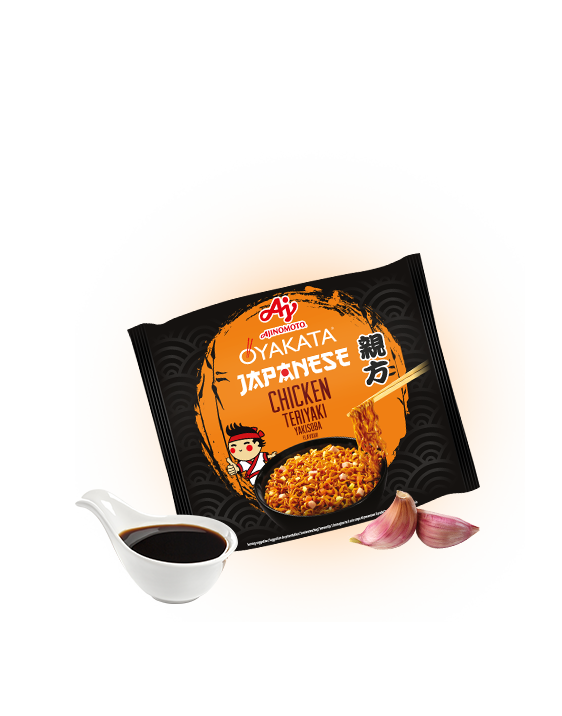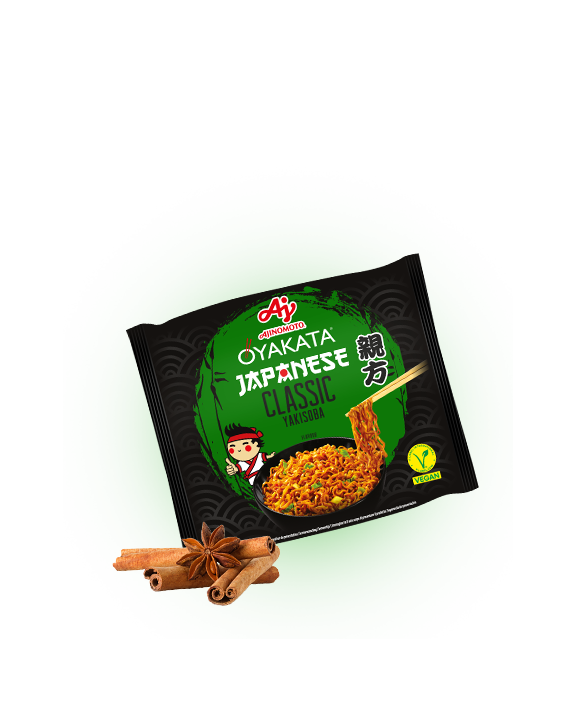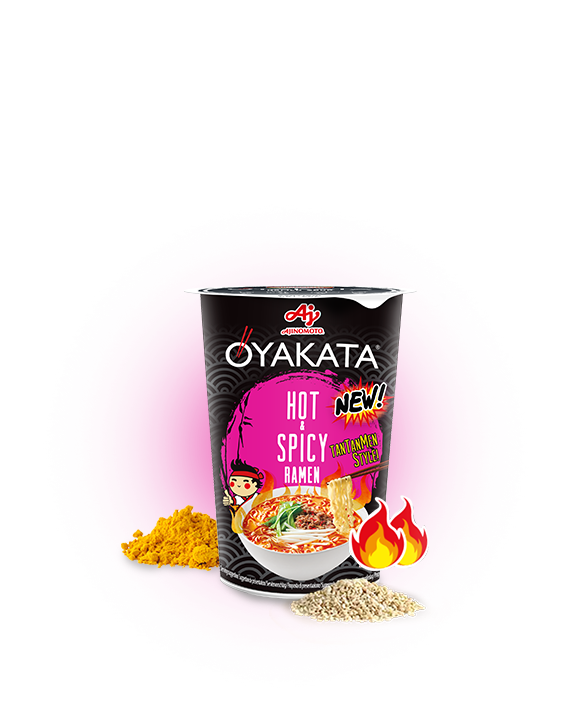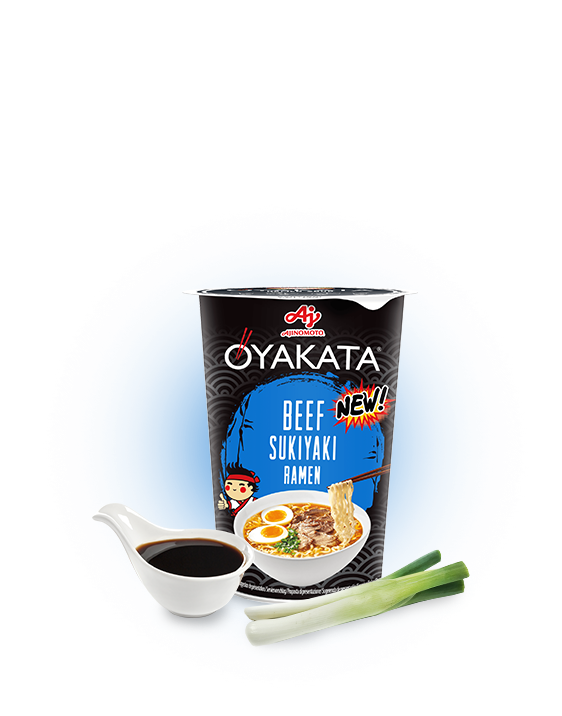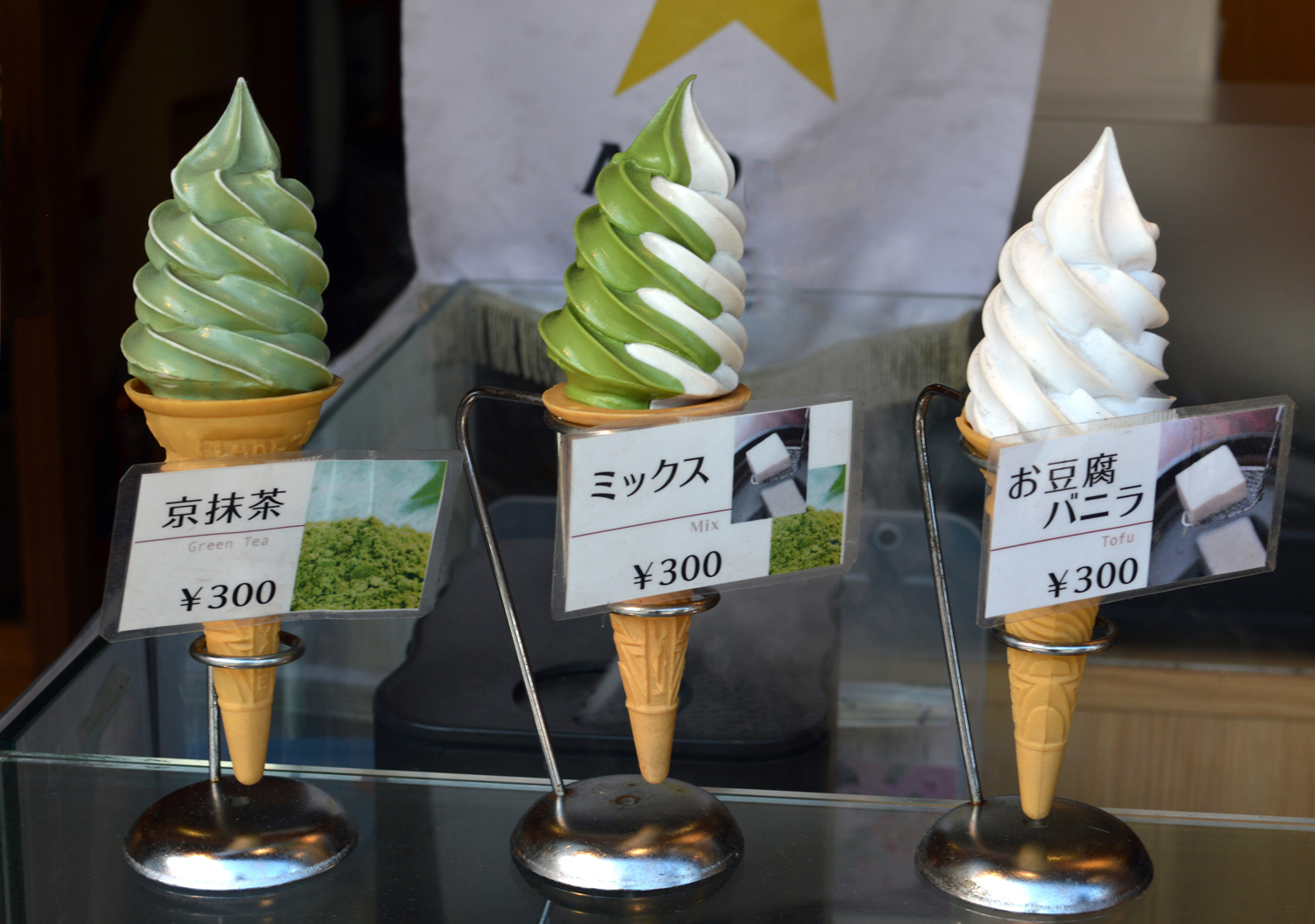

MASTER'S BOOK
DELICIOUS SWEETS FROM JAPAN
Japanese desserts
The Japanese are crazy about sweets. Japan’s food stores and cake shops offer a rich selection of colourful desserts, candy, chocolates, jellies and a variety of other sweet treats. In Japan, many sweets that are widely available in the West are available in exclusive flavours not found anywhere else (e.g. Kit-Kat in green tea flavour). The Japanese are famous for their brave, innovative and non-standard solutions. Japan’s unique products include “Pocky”, chocolate-coated biscuit sticks available in a variety of flavours. Japanese desserts are just as intriguing as sweets. These include ice cream with vegetables, green tea, a mix of chocolate and spices, sweet flavours and beans or soy sauce. The Japanese prefer sour, salty, sweet, spicy and umami tastes, but avoid bitterness. Japanese sweets and desserts often feature kakushi aji, or hidden tastes (e.g. soy sauce flavoured candy without the actual soy sauce). Other popular products include rice-based sweets (e.g. mochi cakes). There are also special sweets eaten on specific occasions, such as karisumasu keeki (Christmas cake).
Ingenious approach
Japanese people pay great attention to food aesthetics. This is why sweets in Japan feature various decorations referring to nature and seasons of the year. The Japanese have a very serious, even metaphysical, approach to food. Eating involves a certain philosophy, balance and celebration. There are also many cake shops with a long tradition selling a wide range of desserts and colourful sweets.
DIY sweets
Colourful do-it-yourself sweets have become tremendously popular in Japan. Most of them come as a set of components, such as powder, colourings and ingredients, which should be combined according to the attached instructions. The DIY range also includes sweet beverages, such as Ramune soft drink.
